Marianne Crosslé grew up in rural Northern Ireland and always thought she would have a career in art. As a teenager, she applied to the School of Art in Belfast but was rejected. It was a blow to her confidence. So much so, that she didn’t make ‘art’ again for a very long time.
Having a successful career as a stage and production manager in theatre, on her 70th birthday Marianne decided it was time to re-engage with her artistic instincts and signed up for a two-year City and Guilds (C&G) Certificate in Fine Arts Textiles. She poured all of her passion and commitment into the course and graduated with Distinction in all four units.
‘By this point, I was a big fan of TextileArtist.org, so when the Exploring Texture & Pattern with Sue Stone online course started to be mentioned, I practically stood at my computer, waiting to hit the registration button as soon as it went live.’
‘I loved every moment of the course. It’s not an understatement to say I’m a completely different person because of what I learned in terms of confidence and inventiveness.’
Marianne has a newfound confidence in her artistic ability and has embraced freedom in her approach to making textile art. ‘I could always sew. I was good at “engineering” textiles to work in a particular way, such as for magic and illusion acts or special effects. And now I can make art with a needle and thread.’
Now Marianne is also using what she’s learned to teach others; a series of short courses in a variety of textile techniques. And she has two new textile art projects in the pipeline. One is based on the style of the Bayeux Tapestry and the other is a series of self-portraits drawn with thread, a skill she honed during her time as a student on Exploring Texture & Pattern.
In this interview with Marianne, which is part of a series featuring members of the TextileArtist.org community, she tells us how textile art gave her a new lease of life at the age of 70.
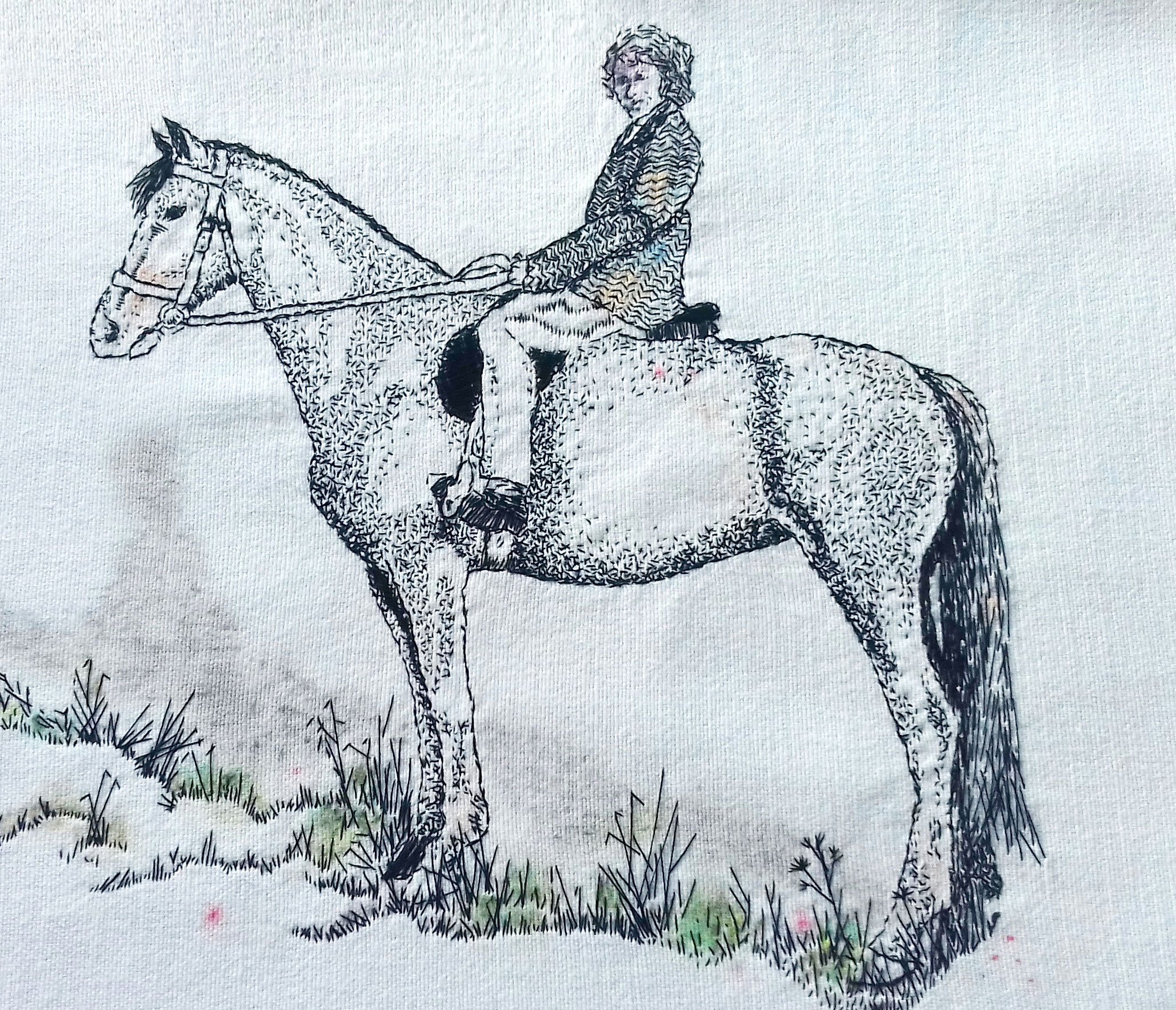
A rebel with needle and thread
TextileArtist.org: Tell us a bit about your history with art and hand stitch
Marianne Crosslé: Drawing and sewing have always been a part of me, they feel instinctive, and they feel connected. When I was very young my mother gave me a book, Drawing Horses, by John Skeaping, and I did…on everything. And most of the time when I should have been attending to schoolwork. I drew horses in my version of the style of John Skeaping, and I still do.
In the 1950s, aged eight, I would run down our glen to a little public elementary school where Miss Adeline Ellison taught me to sew toys, garments and domestic textiles – and all painstakingly stitched by hand.
We learnt how to knit, darn and repair various types of damage to clothing (who, of my generation, doesn’t remember mastering the hedge tear darn?) and to do it beautifully.
At that early age, we learnt how to make a silk, or more probably rayon, full-length slip with rouleau straps and scalloped edges worked in blanket stitch. Mine was pale green, and ever the rebel, I insisted that my scallops would be worked in bright red thread!
Later, at grammar school, the tuition continued and we made samples, which were pasted into a book and annotated for future reference.
I was benefitting from the tail end of the Needlework Development Scheme and I owe my skill with a needle and thread to Miss Ellison’s exacting tuition.
When I returned to needlework all these years on, I was greatly amused and interested to find the same teaching techniques in Constance Howard’s books and in the Exploring Texture & Pattern course – Sue Stone having been taught by Constance Howard. I have been taught to sew by the best, and in the very best way.
Throughout my teens, I was able to reconstruct my clothing to more closely resemble the styles produced by Mary Quant, styles which were unavailable, and unseen, in rural Northern Ireland. I cut up my boring conventional skirts and reconstructed them as minis with sassy wide belts that sat on the hip; I bought string vests, dyed them red, or navy blue and added a contrasting lining to make a hippy top to wear with jeans; I added embroidery to skirts and waistcoats made from old jeans – sewing and making came as easily as breathing.
(The Needlework Development Scheme (NDS) was a collaborative project between art and design education and industry. Originally established in Scotland in 1934, its aim was to encourage embroidery and to raise the standard of design in Britain. Source: The V&A: http://www.vam.ac.uk/content/articles/n/needlework-development-scheme/)
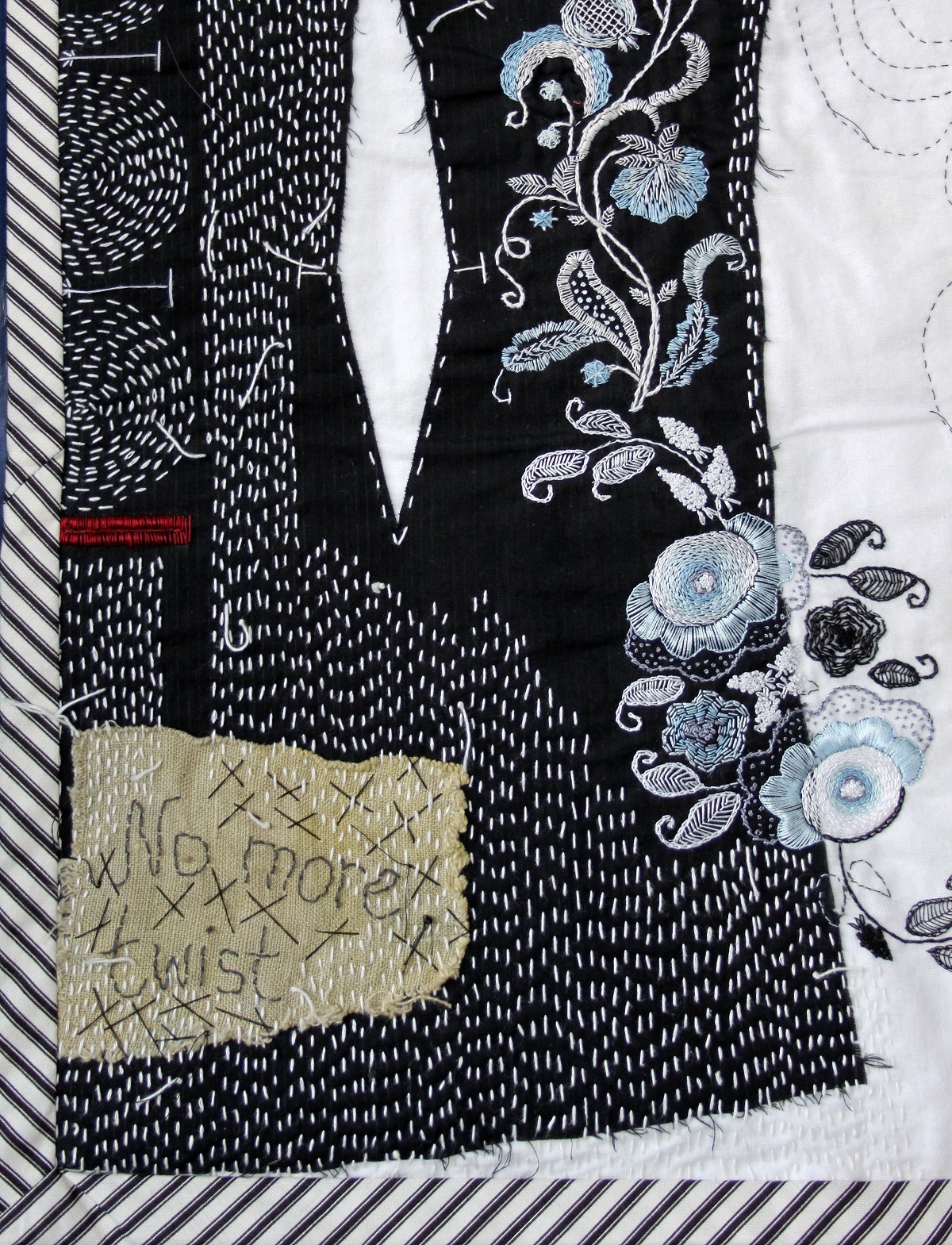
Starting again at 70
Tell us a bit about your personal journey and why you decided to take the Exploring Texture & Pattern course?
I thought I would earn my living in art and set off, brimming with youthful confidence, to enrol in the Belfast School of Art…and was not offered a place.
So I pursued my second choice, the professional theatre, where I was to spend the next fifty (mainly) very happy years working in stage management and production. In this environment, I had opportunities to sew and make: upholstery, props and repairs, and more interesting projects in magic and illusion – a lot of black lycra was involved!
Occasionally I wondered how a career in art might have turned out had I pursued it, and on my 70th birthday, I decided the time had come to return to that aspiration and give it another go.
I don’t know what prompted me to approach it through textile art but I found a City and Guilds Level 3 course in Fine Arts Textiles at my local college and went back to school part-time. I had no idea what to expect, nor where it would lead, but for the next two years I spent one glorious day a week studying art in the morning, and needlework in the afternoon, and graduated with my precious City and Guilds Certificate, specialising in hand-stitched embroidery.
I didn’t find it easy; there was resistance, and angst over my ability to understand and to convert the understanding into inspiration. There were exercises, in the fine art classes, where I just didn’t get it, didn’t enjoy it and felt inadequate.
One day, at work, I mentioned this to a very much younger colleague who came from a Fine Arts background and she said the magic words which got me on track. She said ‘Just do it, and by the end of your course you’ll find that you never look at anything the same way again…and you’ll know why you did those exercises’. She was right, absolutely bang on, a light came on at that moment and I didn’t resist again.
By this time I had discovered TextileArtist.org, so when word of an online course began to appear I knew I was going to jump right in the minute the enrolment button went live!
I very quickly realised that to make the most of the opportunity I should go back to college to add a Decorated Textile unit to my certificate. This gave me a deadline for completing the Exploring Texture & Pattern course so I worked hard, and consistently, and completed the night before the start of term.
I have so many
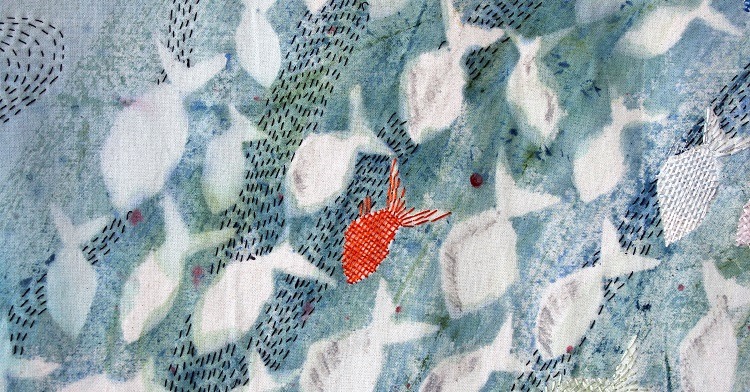

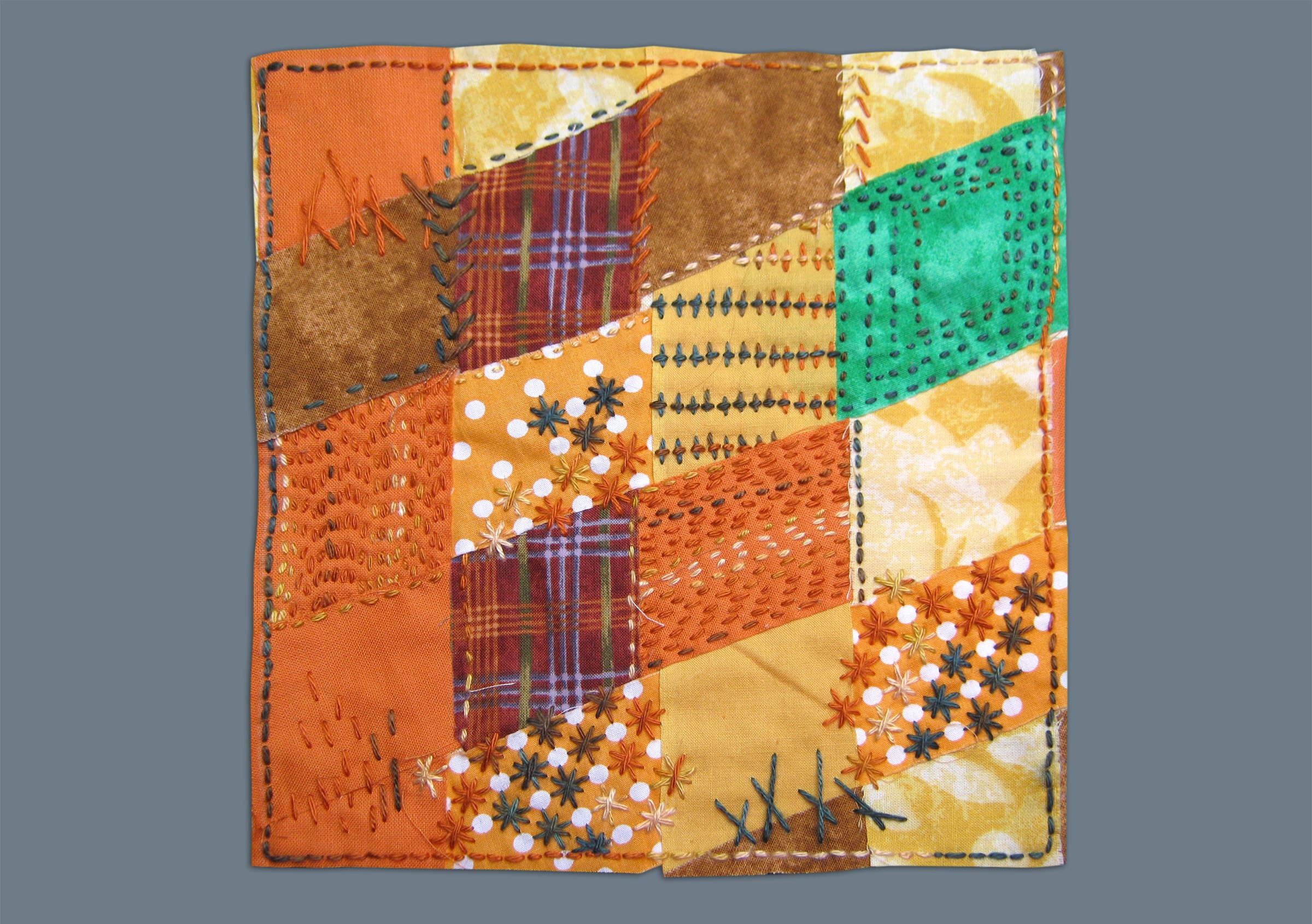
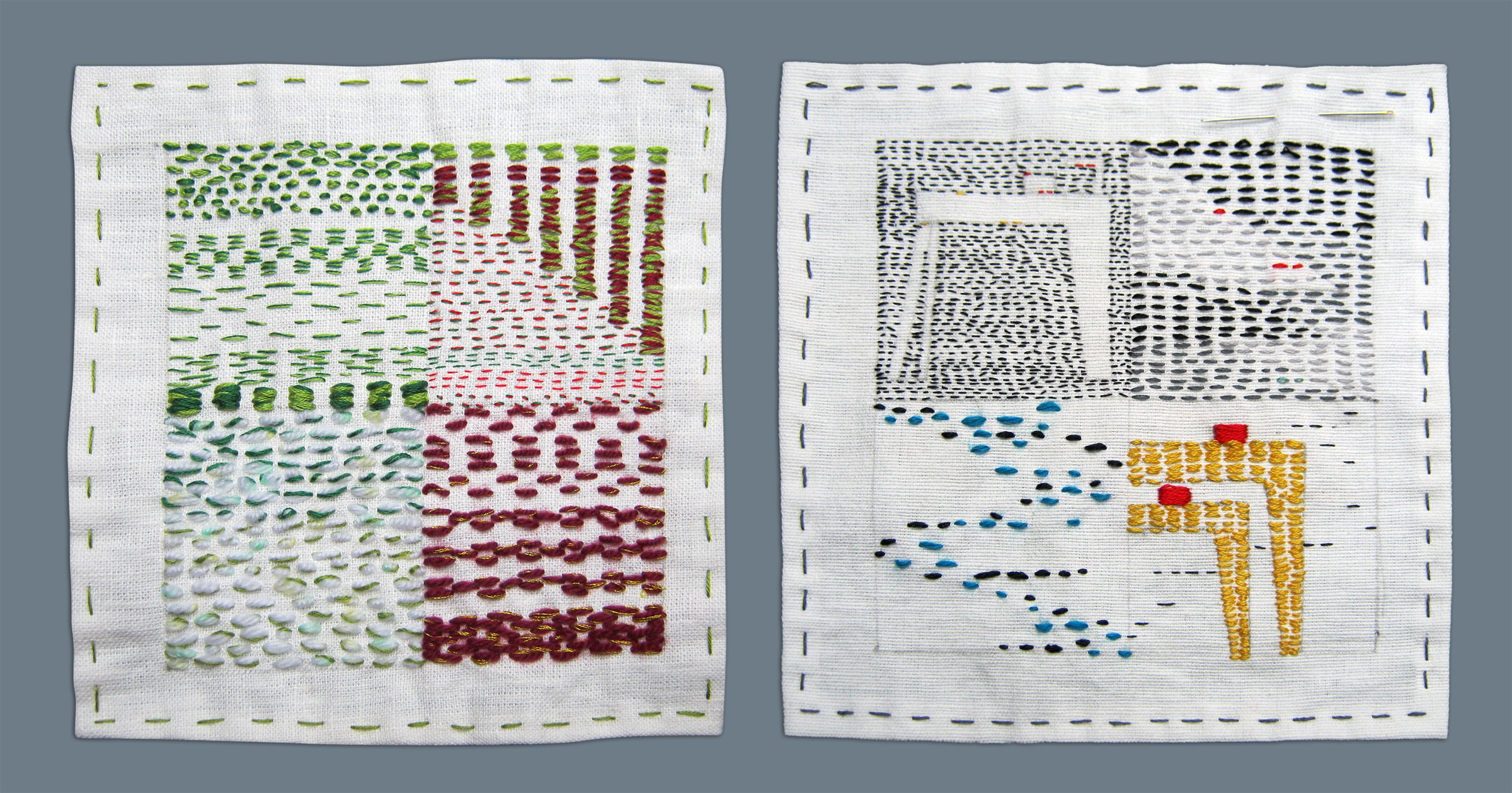
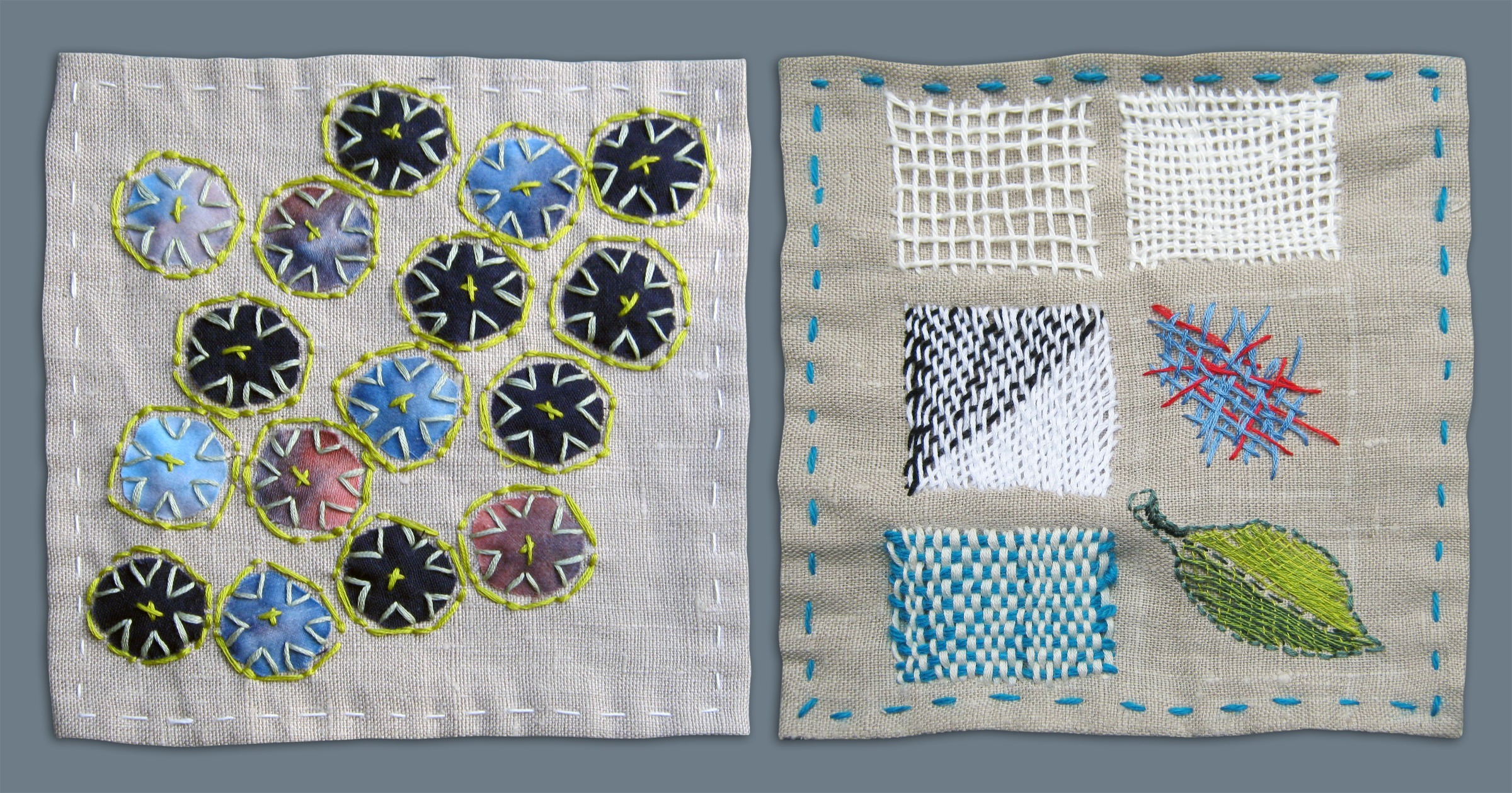
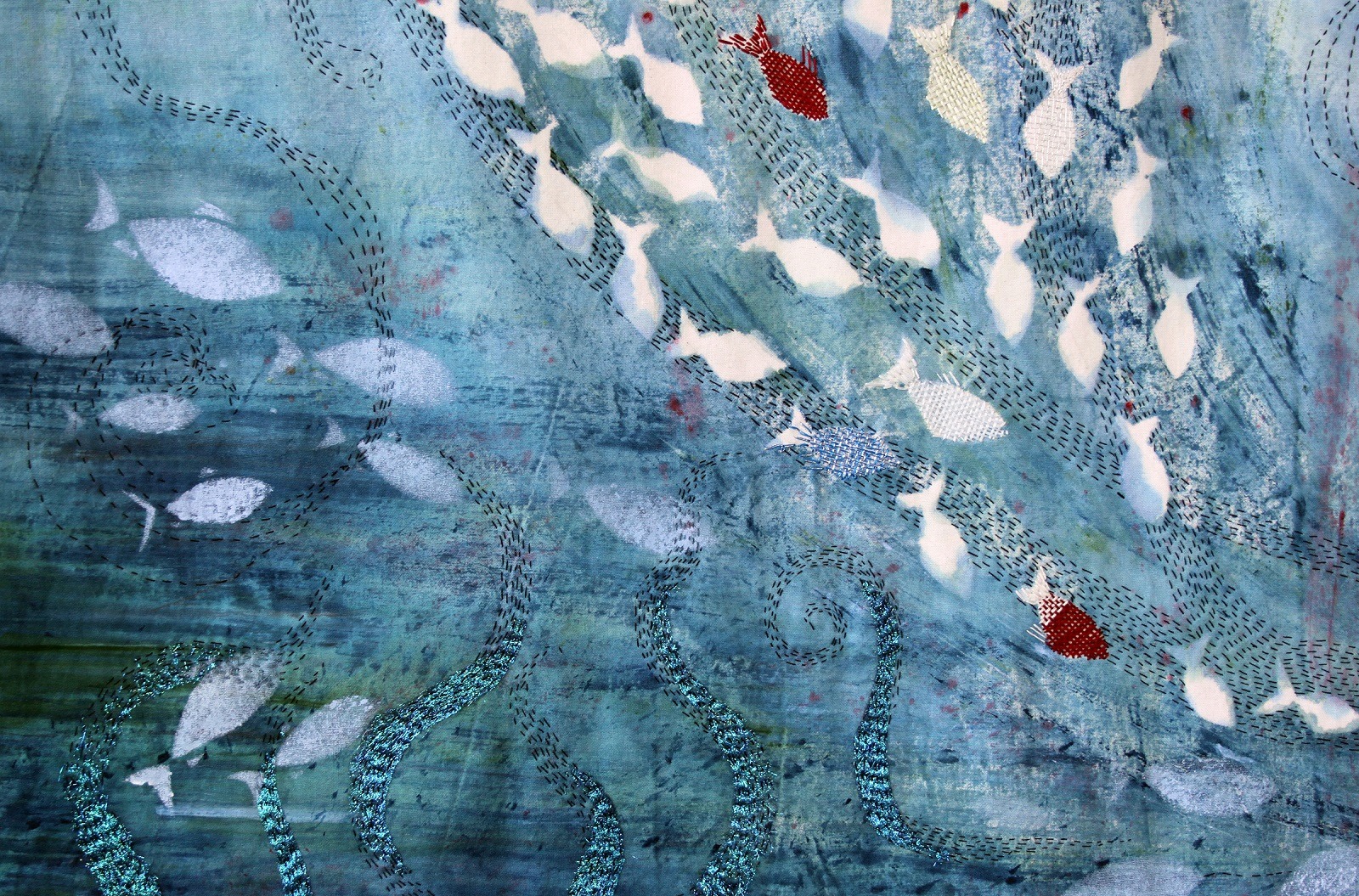
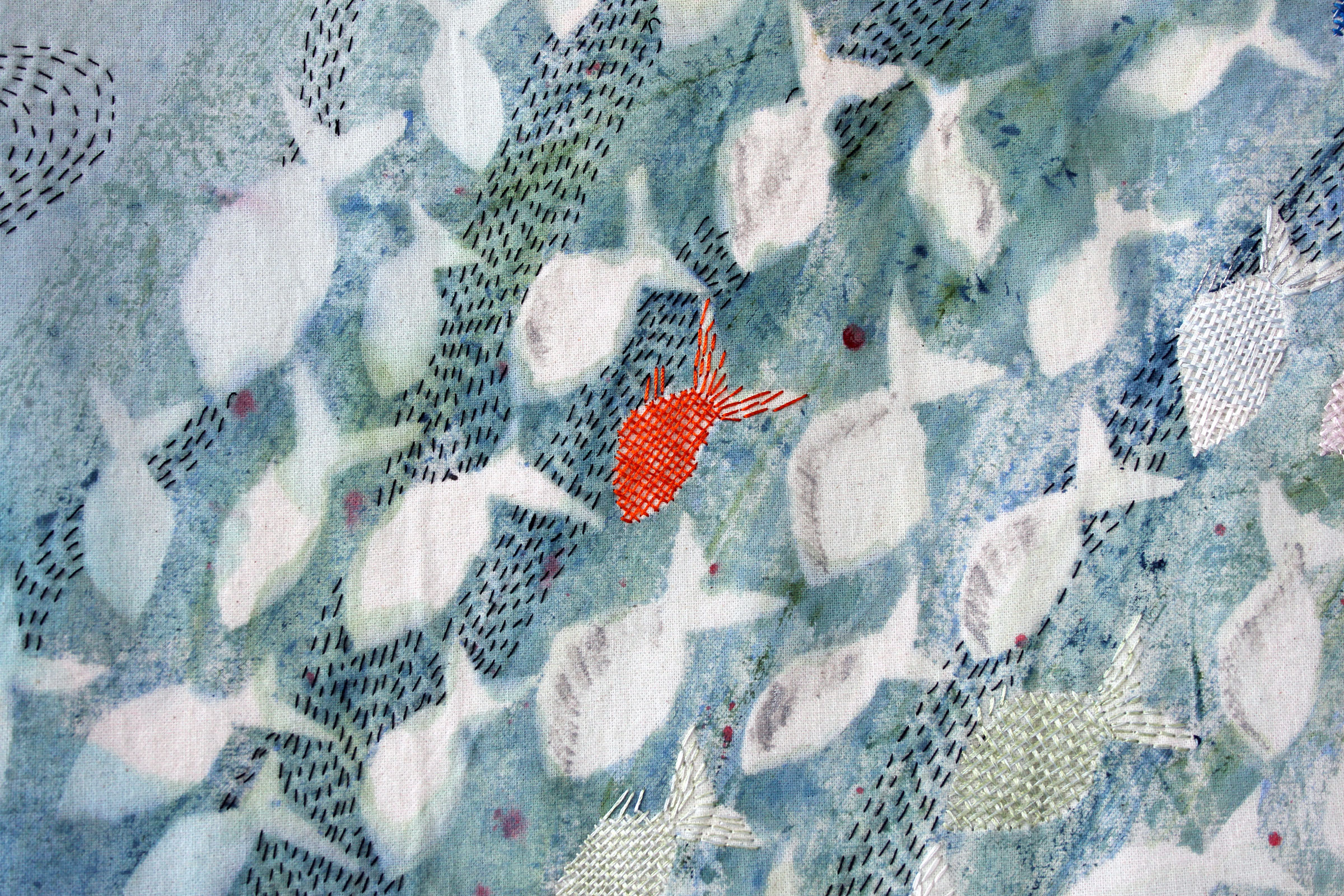
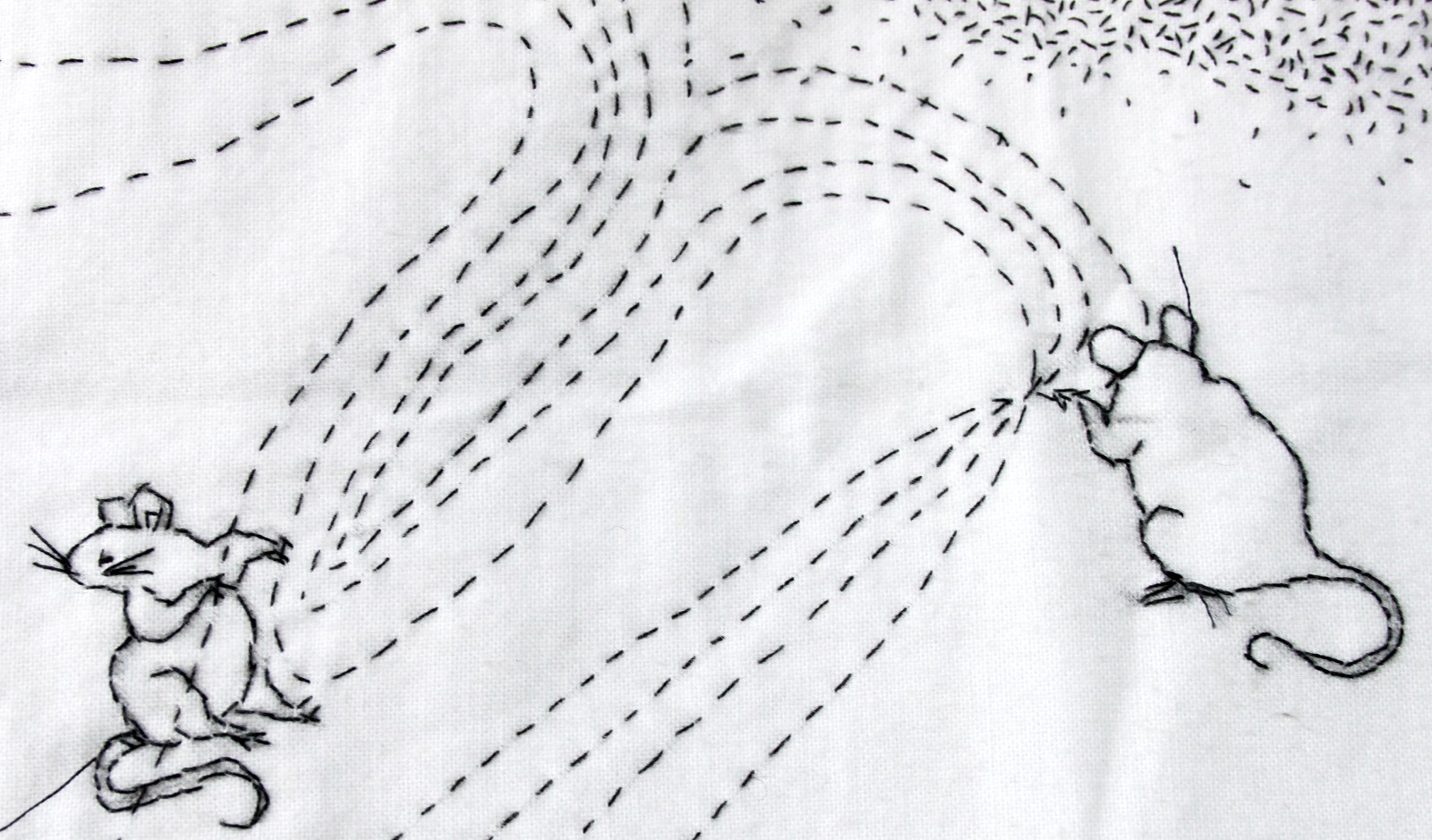
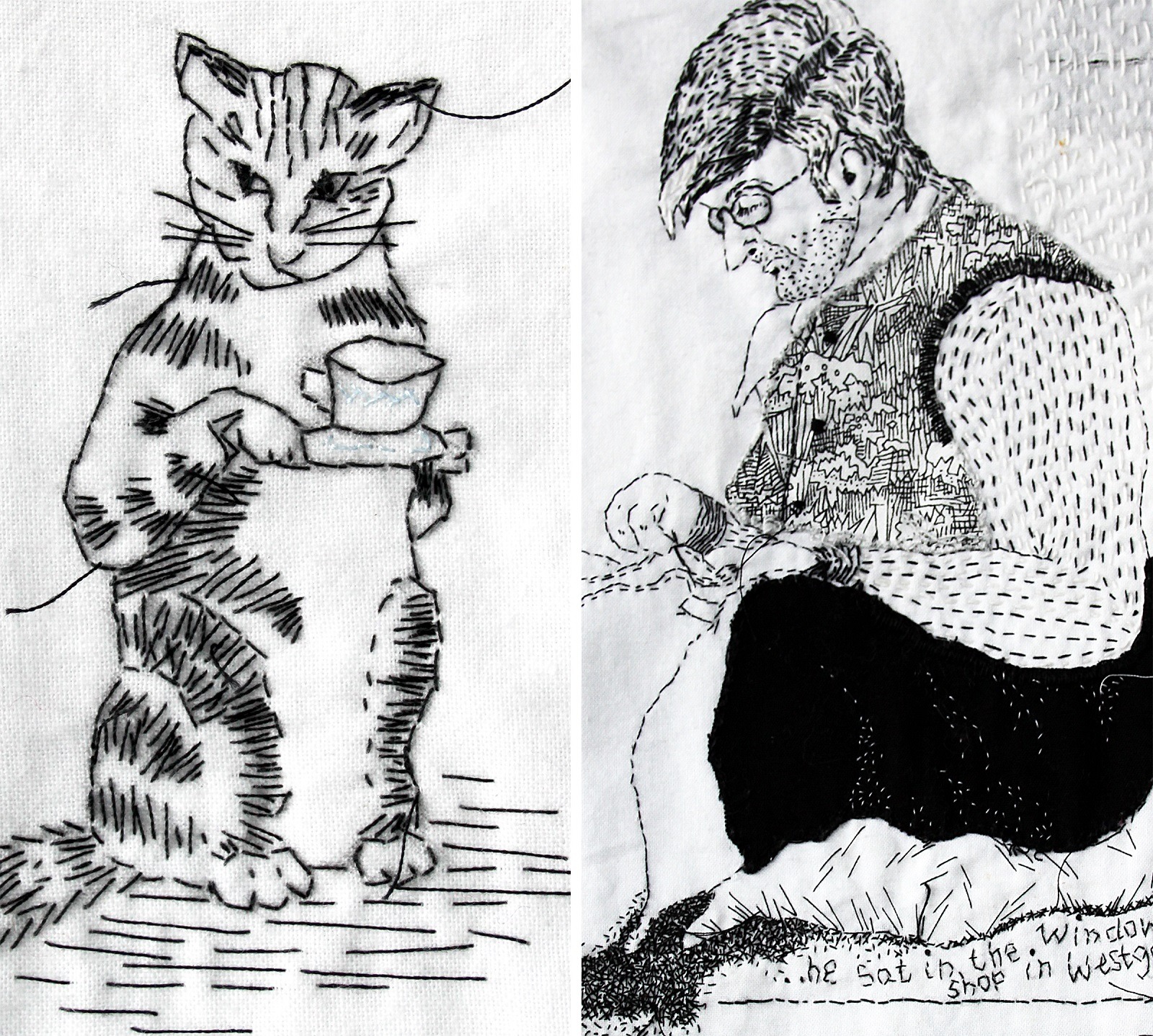
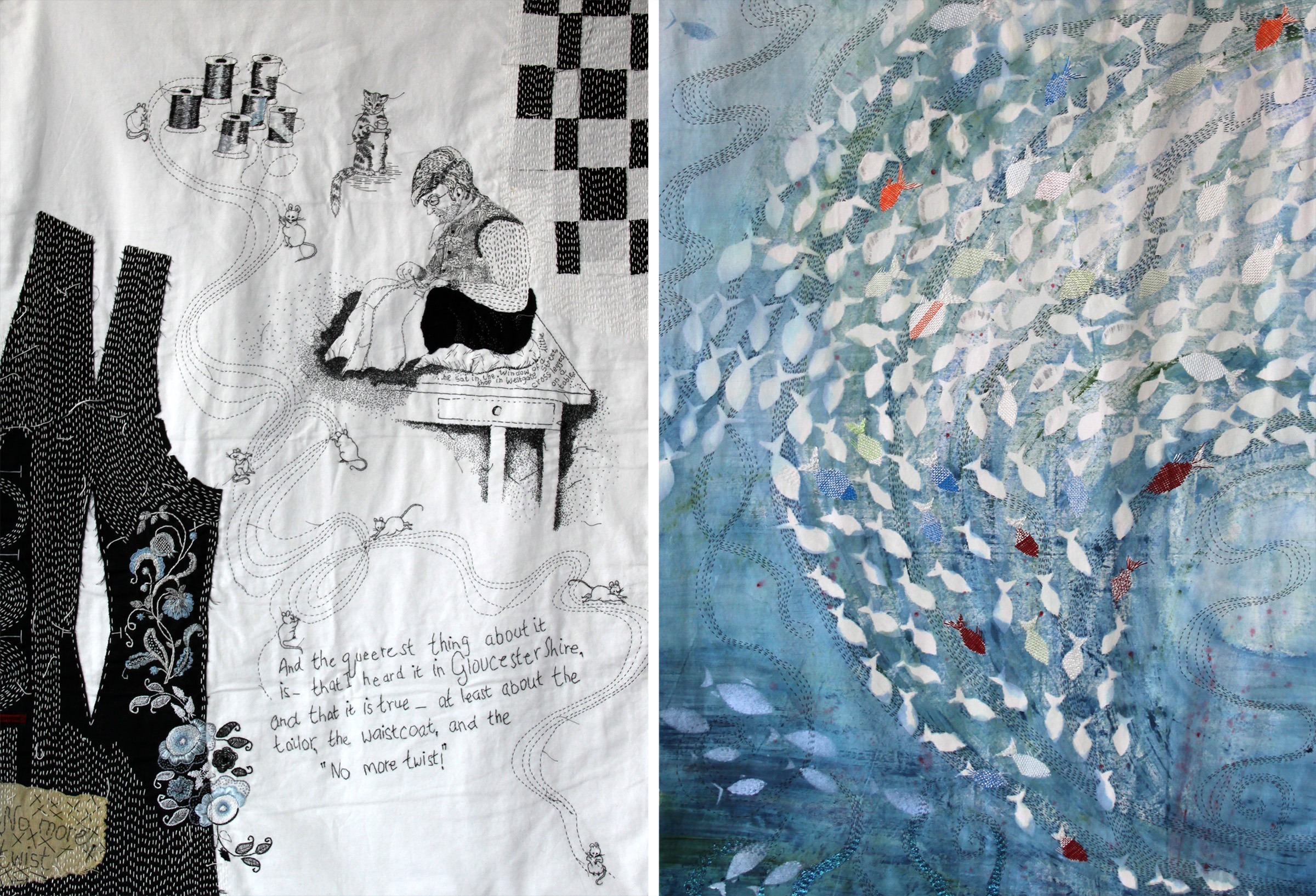
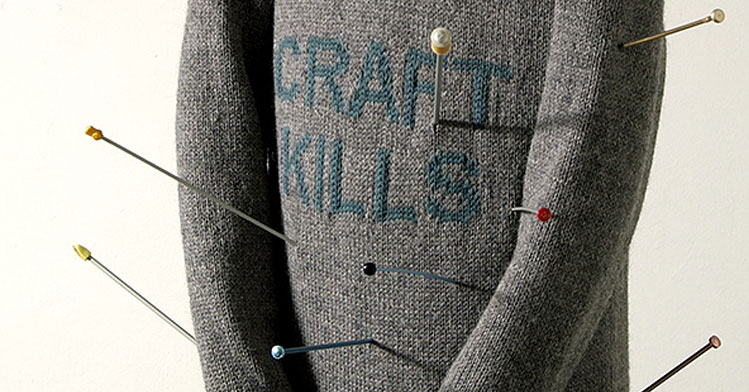
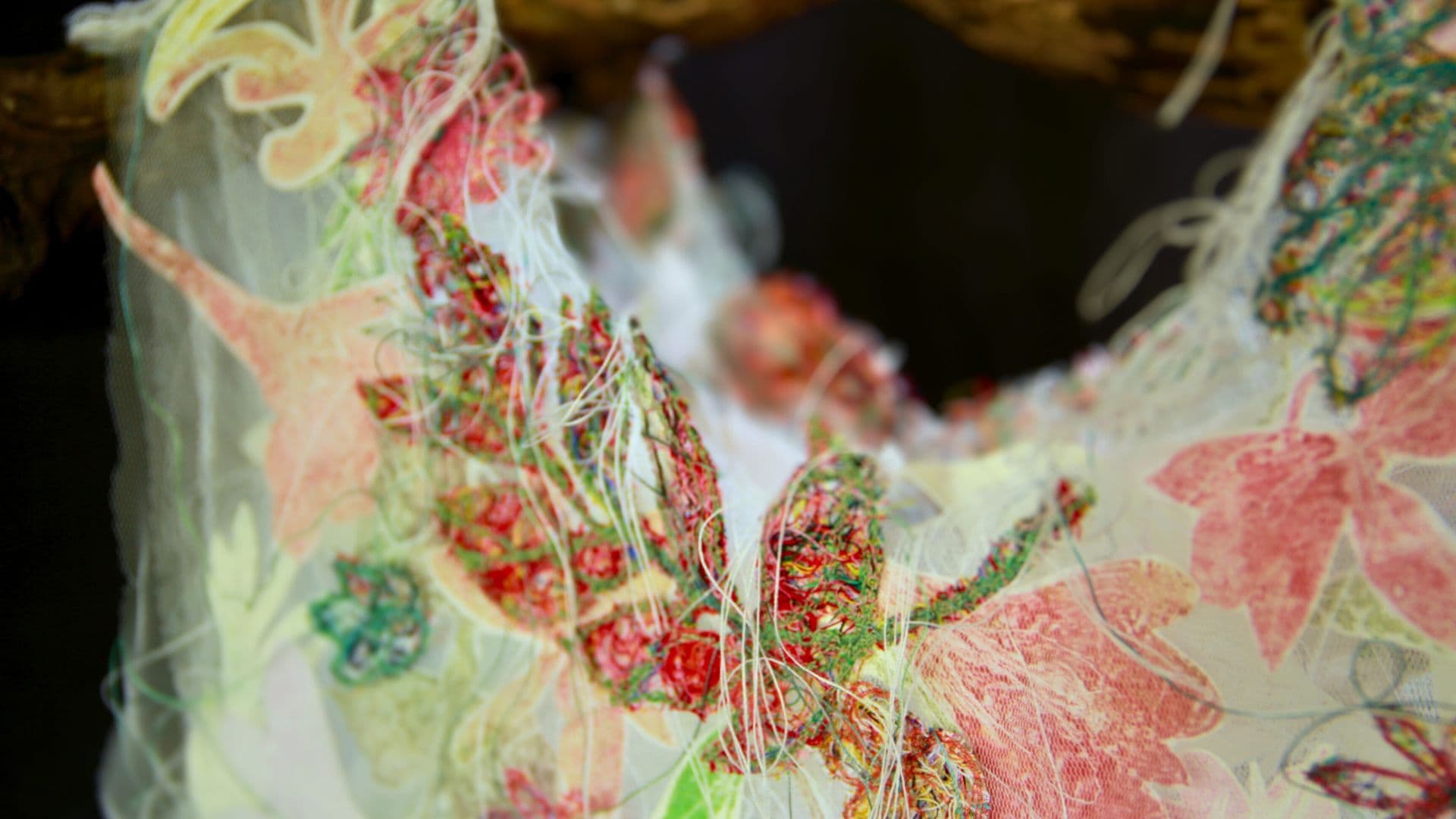
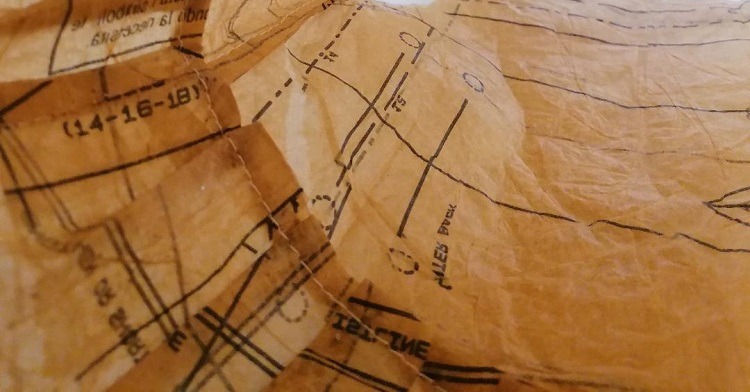
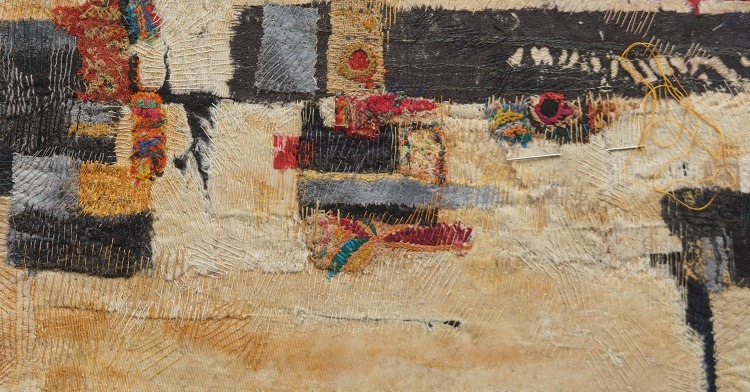
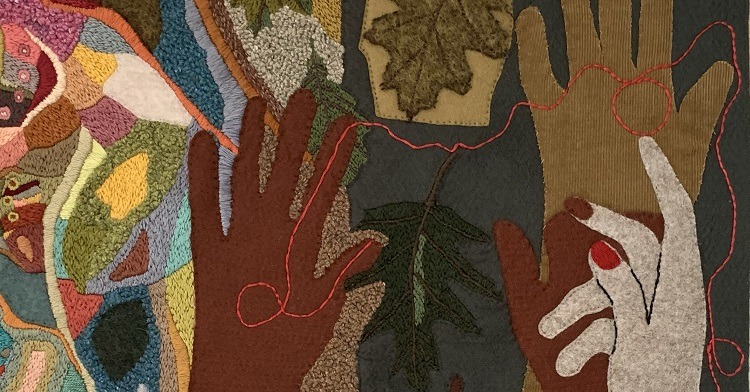
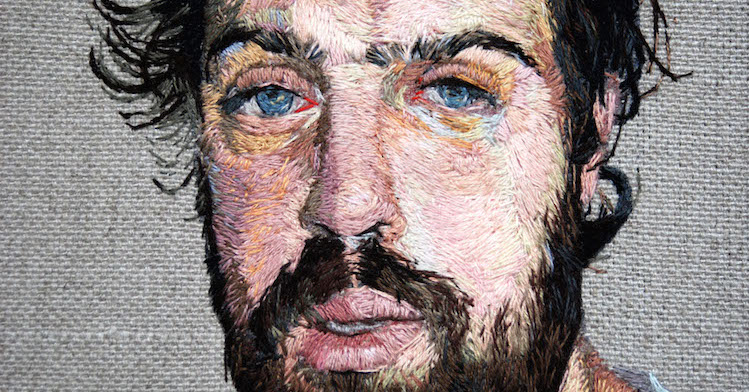
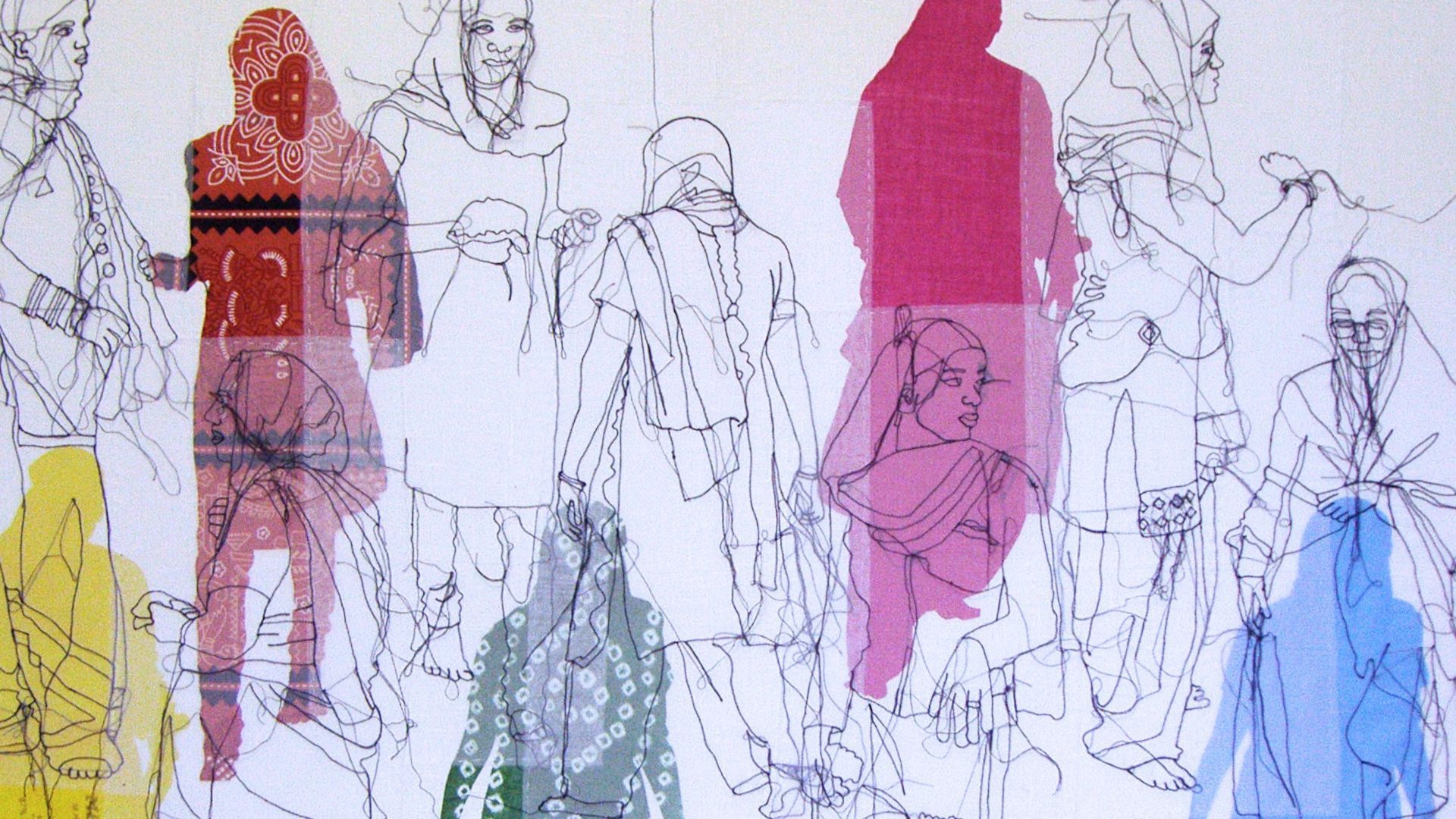
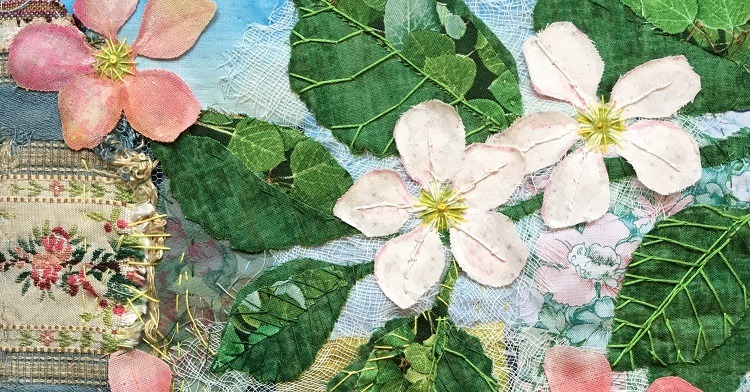
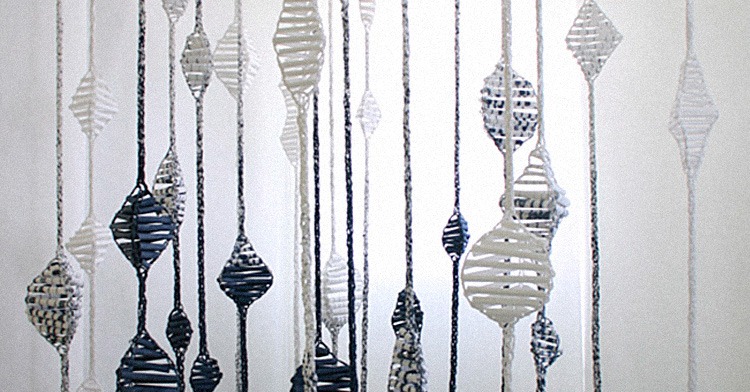
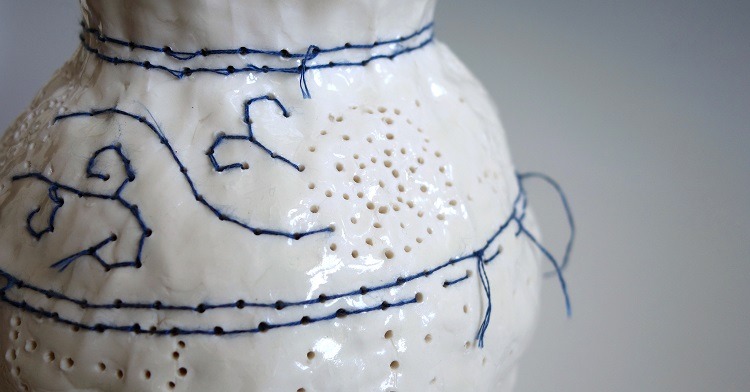
Comments